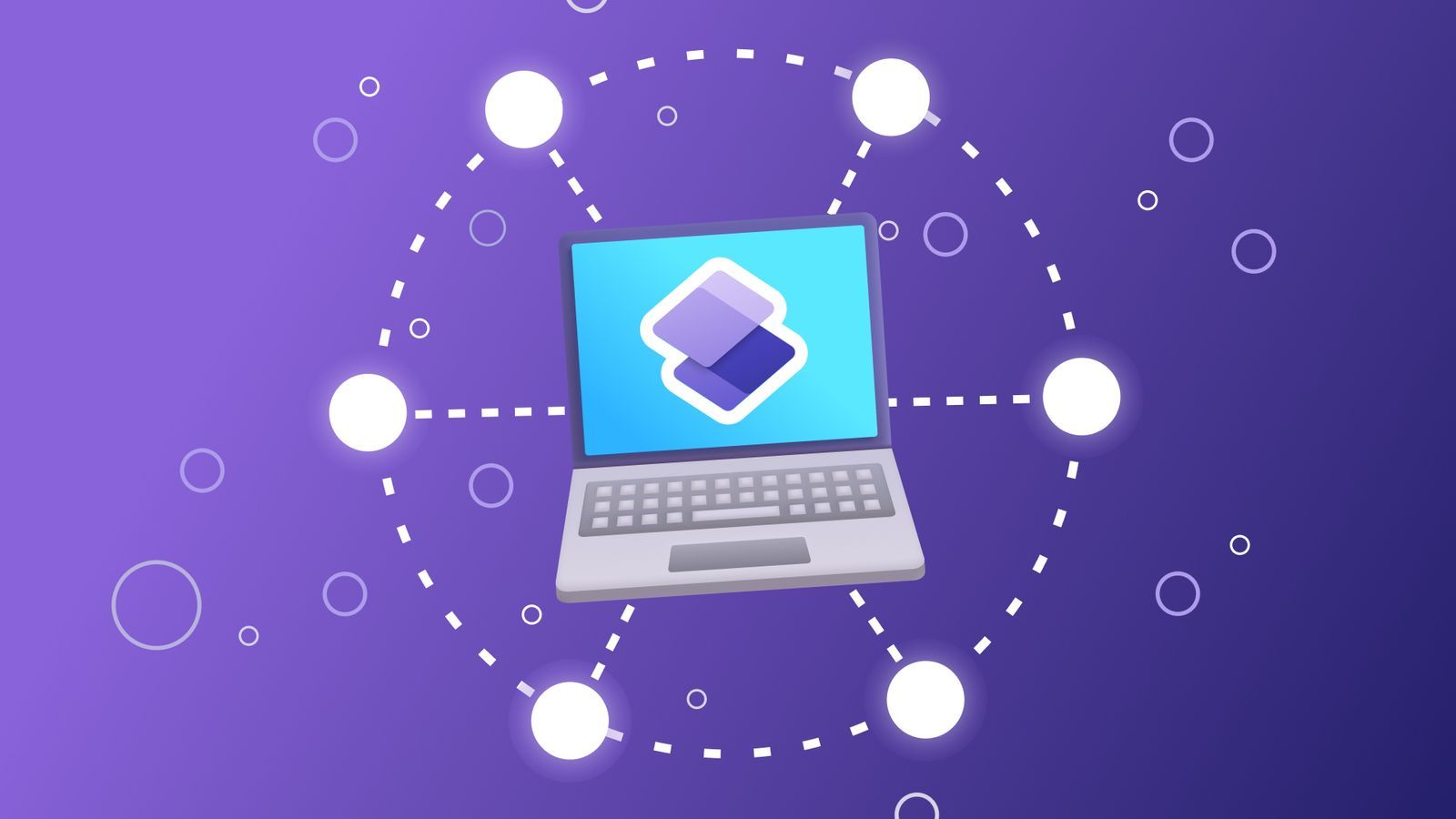| Editorial Team

Figma is a design software known for its versatility and enables designers and developers to work collaboratively to create visually striking user interfaces for web and mobile applications. In addition to its design capabilities, Figma can be a crucial starting point for constructing functional canvas apps in Power Apps. This article is designed to provide a step-by-step guide on creating a canvas app using Figma designs as the foundation.
Prepare Your Figma Design
To prepare for building your canvas app, it’s important
to have a well-structured Figma design. The following
tips are crucial to ensure that your design is suitable
for the transition to Power Apps:
– Organize your Figma file with clear naming conventions
for layers and frames.
– Use consistent and descriptive layer names to identify
UI elements.
– Export any necessary assets from Figma, such as icons
or images, in a format that Power Apps supports (e.g.,
PNG or SVG).
Sign into Power Apps
You can log in to Power Apps through your Microsoft account if you want to begin. You can create one for free if you don’t have an account.
Create a New Canvas App
- After signing in, click the “Apps” tab on the left-hand menu.
- Select “Create an app.”
- Select “Create an app.”
Design Your App Canvas
Now, you’ll be presented with the canvas for your app. This is where you’ll be able to recreate your Figma design.
- Add Screens: Start by adding screens to your canvas app. Each screen can represent a different section or page of your app. You can create screens for the home page, settings, user profile, etc.
- Add Controls: Power Apps provides a range of controls to recreate the UI elements from your Figma design. Common controls include labels, text inputs, buttons, and galleries. Drag and drop these controls onto your screens and position them as needed.
- Import Assets: If you exported assets from Figma, you can import them into Power Apps. For example, if you have icons or images, use the “Image” control and set the source to your imported assets.
- Styling: Apply styling to your controls to match the visual design of your Figma project. Use the formatting options to adjust fonts, colors, and sizes.
- Navigation: Set up navigation between screens using actions and formulas. You can create buttons that navigate to different screens when clicked.
Data Integration (Optional)
Actions and formulas can be used to establish navigation between screens. By creating buttons, you can enable the users to move to different screens by clicking on them.
Testing and Debugging
It’s essential to test your canvas app thoroughly. Use the “Preview” feature to run your app and ensure all interactions and functionalities work as intended. Debug any issues or errors that may arise.
Publish Your App
Upon completion of the development of your canvas application, you can opt to share it with others. This may be accomplished through simple procedures that permit you to grant access to particular users or groups within your organization. By making your app accessible to a broader audience, you can ensure it accomplishes its intended purpose more effectively.
Conclusion
Creating a canvas app from a Figma design is a seamless process with the right preparation and tools. By leveraging your well-structured Figma designs, you can save time and effort in developing functional and visually appealing apps using Power Apps. This powerful combination of design and development tools empowers you to turn your ideas into interactive and user-friendly applications.

